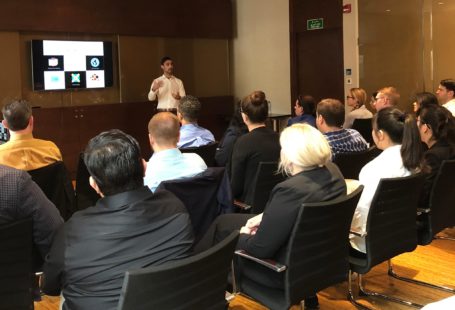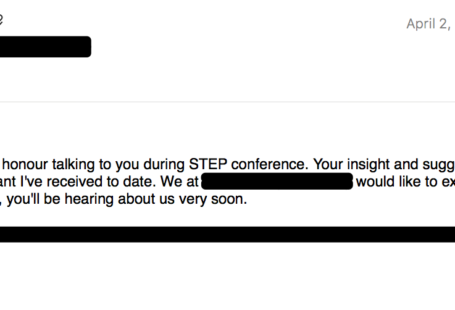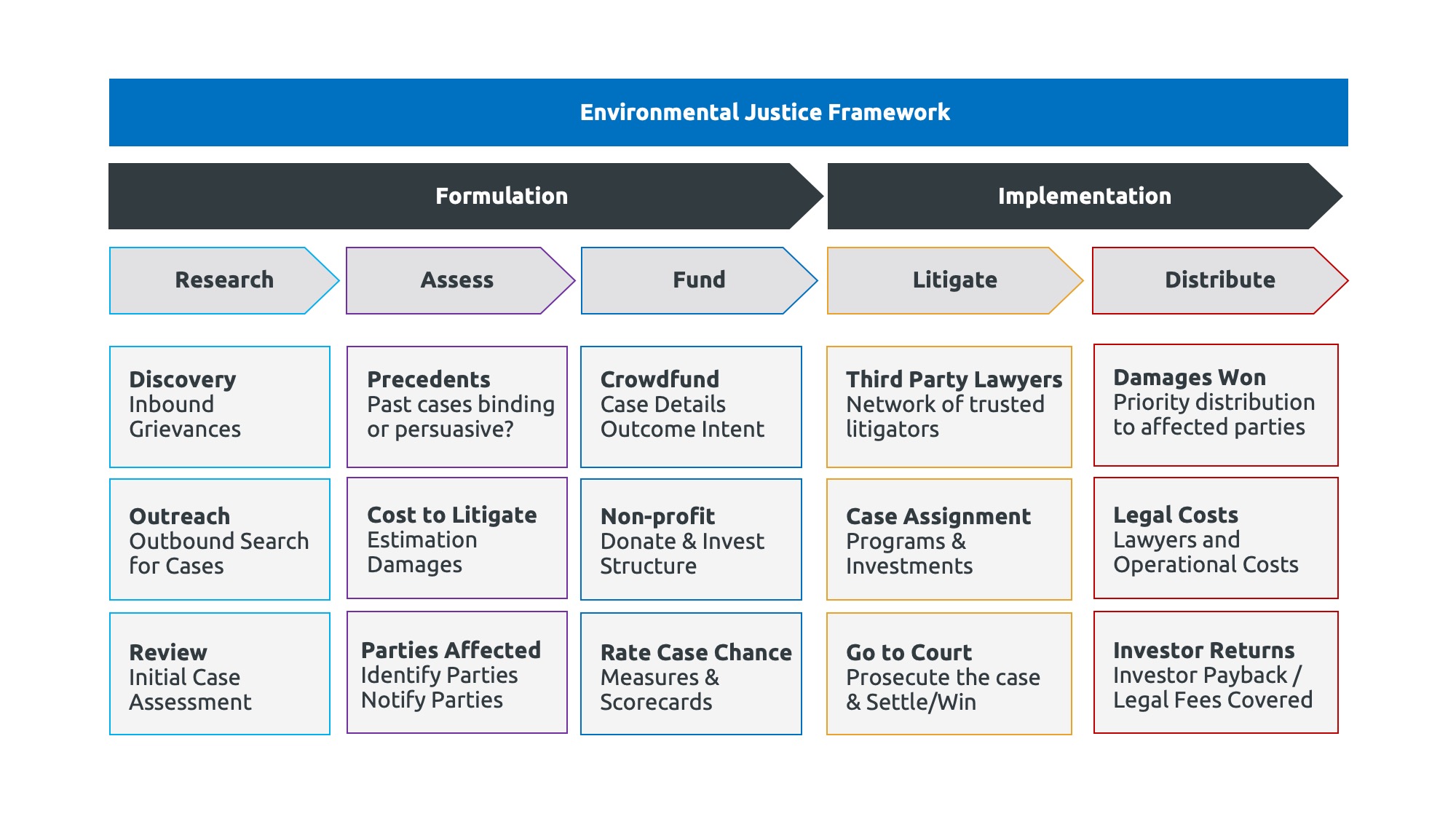Mangroves are marvels of adaptation, resilience, and interconnectivity. Their intricate root systems not only support themselves but also the entire ecosystem around them. For climate tech ventures, embracing the ‘Be a Mangrove’ philosophy means nurturing revenue resilience, fostering distribution networks, and engaging in systems thinking for long-term sustainability. Let’s explore how to apply the mangrove analogy to climate tech ventures.
Revenue Resilience: Thriving in Ebb and Flow
Mangroves stand resilient, their roots steadfast in the fluctuating tides, drawing sustenance from both land and sea. In business, revenue resilience equates to the ability to sustain and grow despite changing market tides.
It’s about diversifying income streams, much like mangroves tap into various sources for nutrients. This might mean expanding the customer base, exploring new markets, or developing additional revenue models that complement your core offerings.
Distribution & Win-Win Partnerships: Symbiosis in the Ecosystem
The mangrove ecosystem thrives on symbiotic relationships, with each organism playing a role in nurturing the whole. In the context of climate tech ventures, distribution and partnerships should follow a similar model, focusing on creating reciprocal value. (This is a core tenet within the Cool Climate Collective’s strategy and original framework thesis)
Align with partners who believe in your mission and will grow alongside you. It’s not just about reaching customers—it’s about creating a web of stakeholders who benefit from and contribute to your success.
Thinking in Systems: The Mangrove’s Blueprint
Reflecting on the Techno-Economic Analysis (TEA) from a systems perspective, we recognize that every element of a venture, from production to logistics, is interconnected. Mangroves, through their root systems, filter water, protect coastlines, and provide habitats, displaying a systems approach to thriving in their environment. Similarly, climate tech ventures need to evaluate their solution’s lifecycle comprehensively.
Ask yourself: How does your product’s impact work at various stages in the system life cycle? Can waste be minimized? Or are you aiming for efficiencies and optimizations in a low impact area in the overall process? Does your feedstock inadvertently create more waste or emissions due to logistical or production shortcomings? By thinking in systems, you minimize risks and ensure that every part of your operation contributes positively to the whole.
Conclusion: Embracing the Mangrove Mindset
Embracing the ‘Be a Mangrove’ philosophy means more than establishing a business; it’s about creating an ecosystem that supports growth, resilience, and sustainability. Your climate tech venture should not only be a commercial entity but also a catalyst for positive environmental impact.
By adopting a systems thinking approach, you ensure that your venture isn’t just surviving but thriving and contributing to the well-being of the broader ecosystem. Let the mangrove be your guide—not just for the strength of its roots but for the vitality it brings to its environment.


